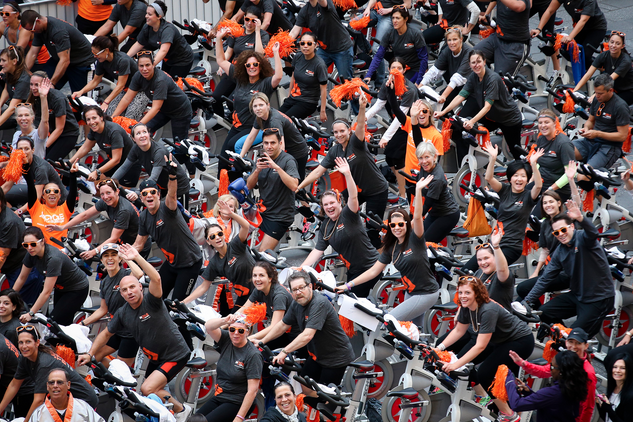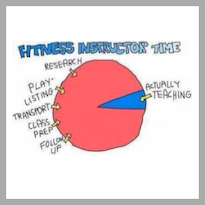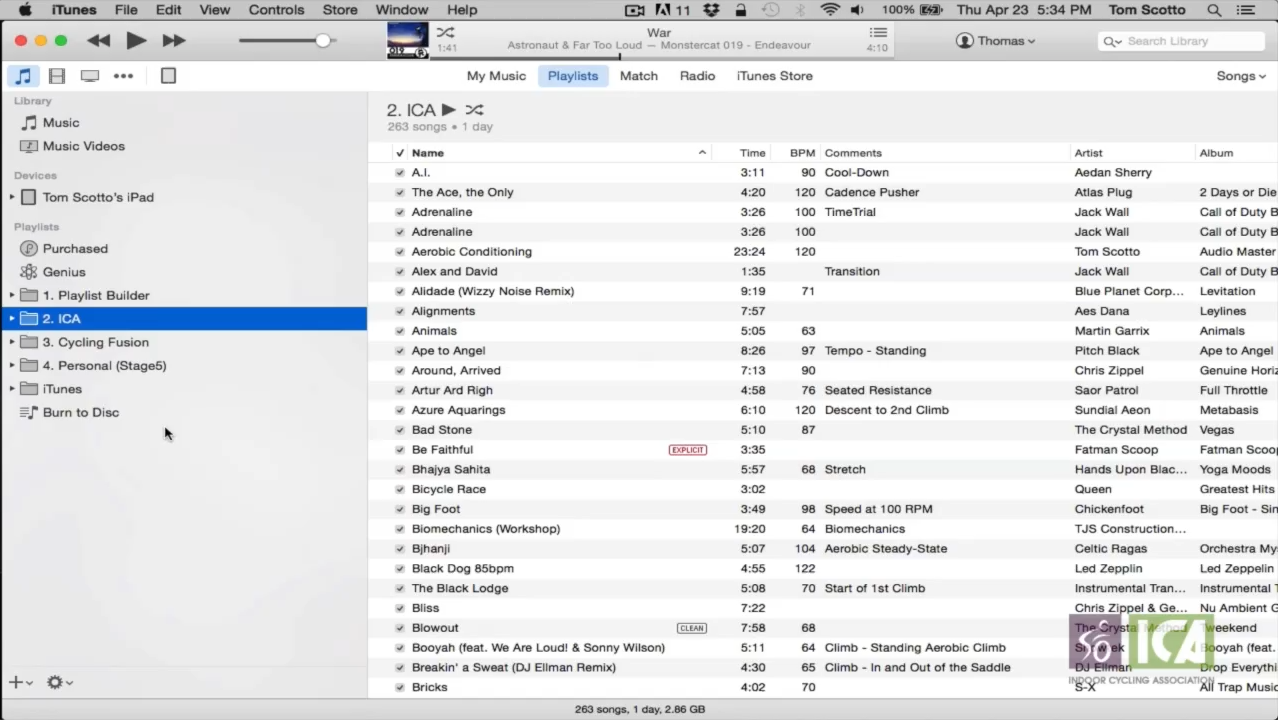Ask The Expert: Is Your Recovery Working?
Tom, do you have a litmus test to tell if recoveries are too short for the efforts you are asking? For example, if you are asking for a 5-minute, 4-minute, 2-minute, and 1-minute best effort, one right after the other in that order, how much recovery would you give in between each? Thanks.
– Julie Zweck-BronnerRead more…









